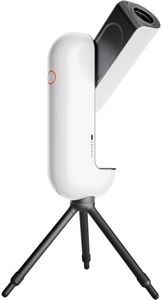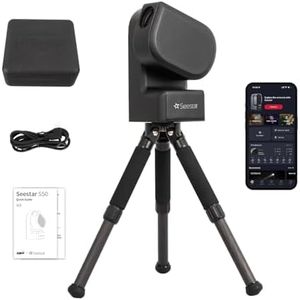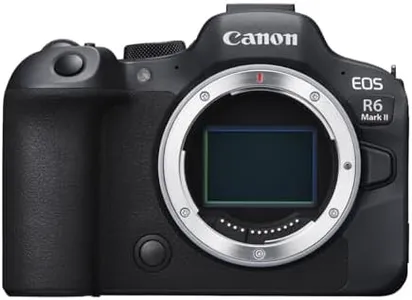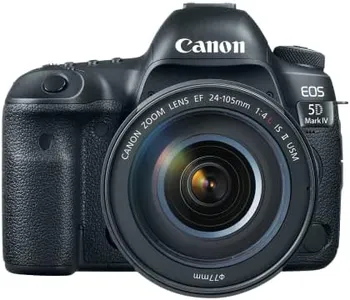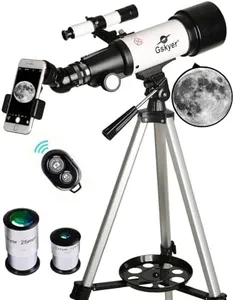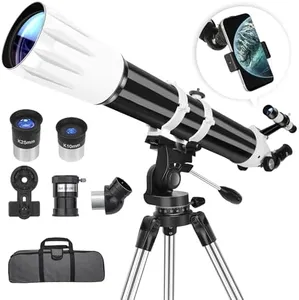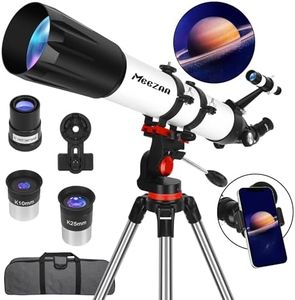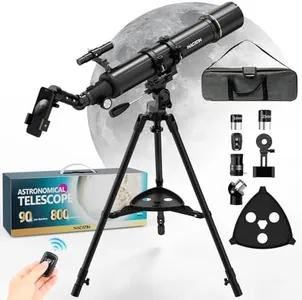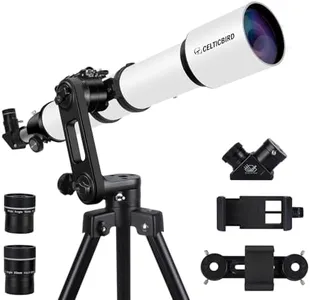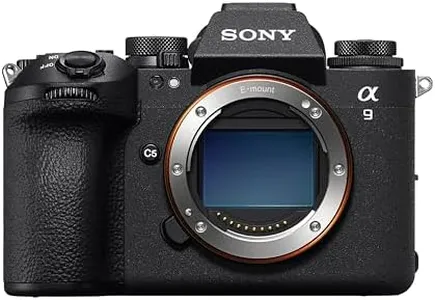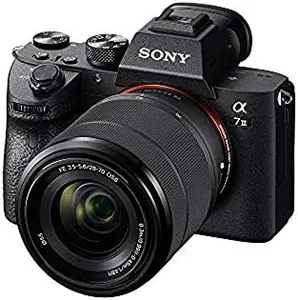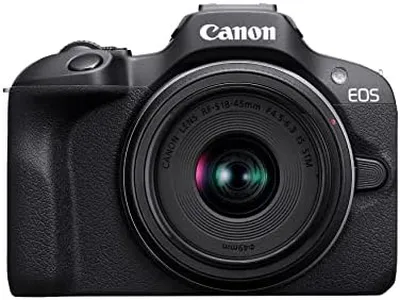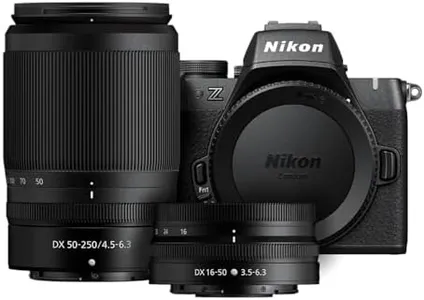10 Best Astrophotography Cameras 2025 in the United States
Our technology thoroughly searches through the online shopping world, reviewing hundreds of sites. We then process and analyze this information, updating in real-time to bring you the latest top-rated products. This way, you always get the best and most current options available.

Our Top Picks
Winner
Vaonis Vespera Pro Smart Telescope with Observation Station Functionality – Compact Astrophotography Telescope - Automated Stargazing Camera – High-Resolution Imaging, App-Controlled for Astronomers
Most important from
16 reviews
The Vaonis Vespera Pro is a smart telescope designed for astrophotography enthusiasts, from beginners to experts. It features a 12.5MP Sony Starvis2 sensor, which excels in capturing crisp, full-color images of deep sky objects even in low-light conditions, making it well suited for detailed astrophotography. Its exclusive CovalENS live panorama technology allows real-time wide-field sky imaging, a unique feature that helps users create smooth panoramic shots of the night sky. The telescope includes precision optics with a field corrector to minimize distortion and ensure sharp images across the sensor’s wide view.
Users can control the device via the Singularity app, which offers an expert mode to adjust exposure, gain (ISO), and framing, and supports 16-bit RAW file downloads for advanced post-processing. Automated features like calibration, focusing, tracking, and noise reduction (dark frame subtraction) simplify setup and use, making it ideal for those new to astrophotography or anyone wanting a more plug-and-play experience.
The telescope weighs about 11 pounds, which may affect portability for users seeking lightweight gear for trips. This product is well suited for users who want a smart, app-controlled, high-quality astrophotography camera with advanced automation and live panorama capabilities, rather than those needing maximum portability or interchangeable lenses.
Most important from
16 reviews
ZWO Seestar S50 Smart Digital Telescope All-in-One Autofocus Portable for Beginners and Experienced Users
Most important from
244 reviews
The ZWO Seestar S50 is a compact and lightweight all-in-one astrophotography camera and telescope designed for both beginners and experienced users. Weighing only 2.5kg, it combines a telescope, camera, and mount into a portable setup, making it convenient for stargazing on the go. Its triplet apochromatic optics help deliver sharp, low-noise images with good color accuracy, which is beneficial for capturing clear night sky photos with reduced chromatic aberration.
The built-in autofocus and automatic tracking via phone app simplify finding and following celestial objects, which is great for users new to astrophotography. The Seestar app adds useful modes like equatorial tracking for more precise exposure, planned multi-target shooting, and mosaic stitching to create wider views of the sky. Lens compatibility appears integrated rather than interchangeable, focusing on ease of use rather than customization. The included compact tripod supports stable positioning and is adaptable to other tripods, enhancing flexibility.
While advanced users might find the fixed optical setup limiting compared to modular, higher-end systems, the ZWO Seestar S50 offers a strong balance of features, automation, and image quality for hobbyists seeking a straightforward, portable, and smart telescope-camera combo.
Most important from
244 reviews
ZWO Seestar S30 All-in-One Smart Digital Telescope/Camera Compact and Portable Travel Companion for Astronomy Enthusiasts & Casual Stargazers
Most important from
47 reviews
The ZWO Seestar S30 is a lightweight and portable all-in-one digital telescope and camera designed for beginners and casual stargazers who want an easy way to capture night sky photos. Weighing just about 3.6 pounds, it's very convenient to carry on trips or hikes. It offers two lenses—a telephoto for detailed shots of celestial objects and a wide-angle for landscapes and locating stars, which makes it versatile for different shooting needs. The automatic star-finding and tracking features simplify the process, so you don’t need advanced skills to get started. It also has three shooting modes tailored for different subjects: deep sky, solar system, and scenery. Noise reduction is handled smartly with automatic post-processing, helping to clear up images even in light-polluted areas.
Exposure control is assisted through various shooting modes and an equatorial mount option (EQ mode) for more precise star tracking, which is a plus for longer exposures without blur. Lens compatibility is fixed to the built-in dual lenses, limiting upgrades but keeping things compact and user-friendly. Its companion app provides additional control and easy sharing, enhancing the user experience.
The Seestar S30 is well suited for those looking for a simple, lightweight setup to capture the moon, planets, and some deep sky objects without the complexity of traditional astrophotography gear, but it may not satisfy advanced users needing larger sensors or full manual control.
Most important from
47 reviews
Buying Guide for the Best Astrophotography Cameras
Choosing the right camera for astrophotography can be a thrilling yet challenging task. Astrophotography requires a camera that can capture the faint light of distant stars and galaxies with great detail and minimal noise. To make an informed decision, it's important to understand the key specifications that will impact your astrophotography experience. Here are the essential specs to consider and how to navigate them to find the best fit for your needs.FAQ
Most Popular Categories Right Now
